The Woman’s Land Army (WLA)
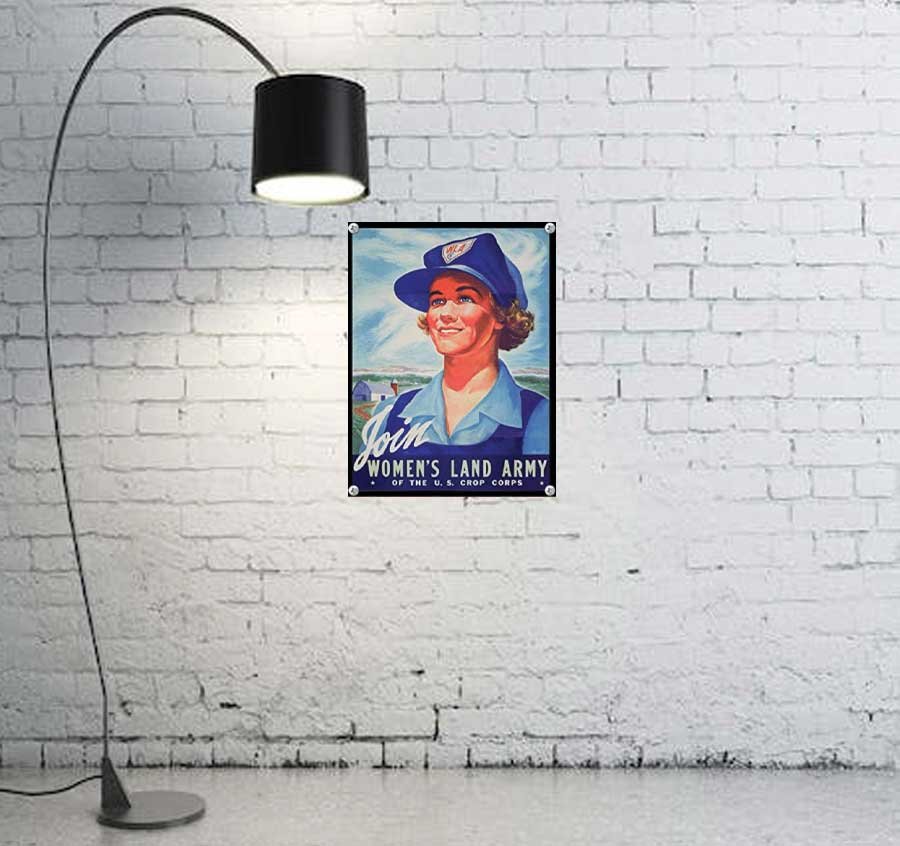
1914 saw the world pudge into the Great War. This global conflict lasted for four grueling years. The battlefield of the Great War ushered in new weapons of war. Machine guns, tanks, warplanes, and chemical warfare laid waste to armies. As such, warring nations called upon more able-bodied men to join their ranks. Consequently, the loss of these men meant the loss of many laborers. To fight in Europe, workers were conscripted which led to the factories and farms having shortages. And if there are no workers for the factories and farms, how can a nation feed and arm itself? Thankfully, the dutiful women of those nations took upon the challenge.
Thus, England and America formed the Woman’s Land Army (WLA).
The women behind the man with a gun
Women from America and England from many different walks of life volunteered for service. And many replaced the men in the factories that built their nations’ weapons of war. While others went to the fields and became farmers.
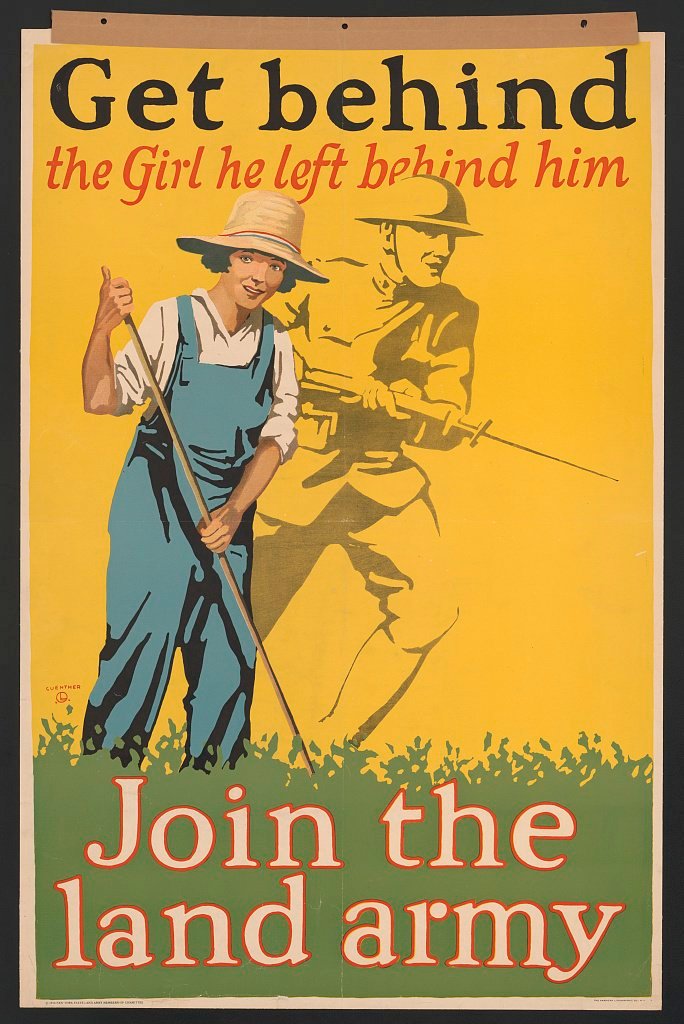
The Woman’s Land Army (WLA) first started in England. They were an organization that encouraged women from the cities to become farmers. The WLA in England taught and marshaled women in becoming a comprehensive force of production. Therefore, British men with their guns shall go to mainland Europe and battle the Empire of Germany. While the British women with their tools shall go to the factories and farms to arm and feed their nation.
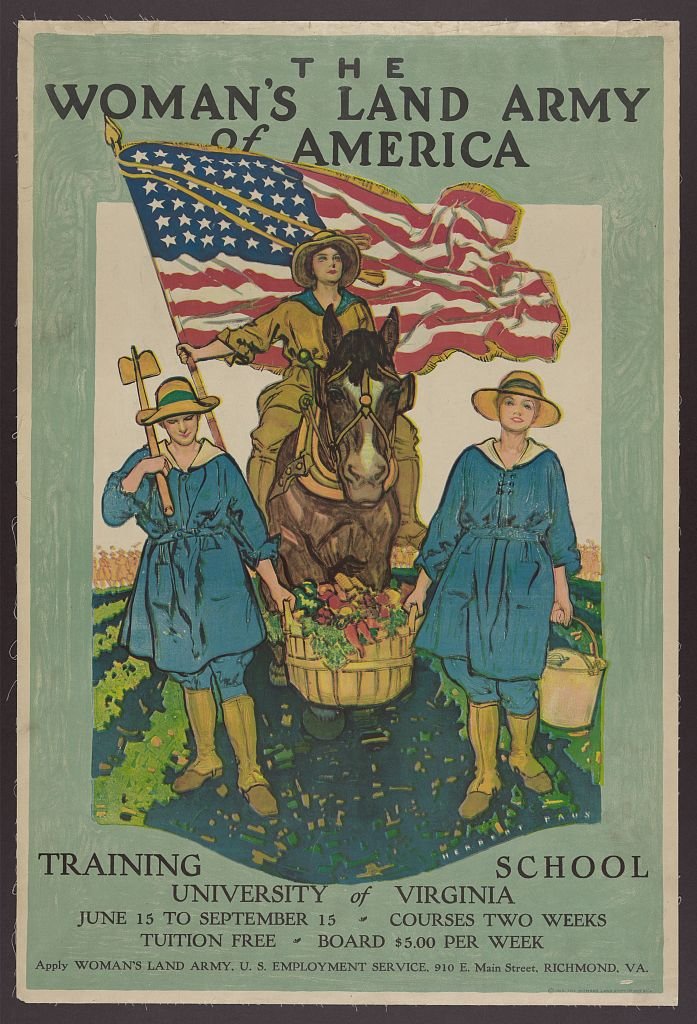
In 1917, America joined the Great War on the side of Britain. And like the women of Britain, the women of America prepared to labor in the fields and factories. Although there was initial hesitation with women working in the fields. So, women needed to prove these naysayers wrong, especially women from the cities. Because of this, the WLA built boot camps around the United States. These camps were to train the women volunteers in the art of farming. After boot camp, these women are indispensable assets in the field. The WLA showed the men of their nations that a woman can serve. They can serve their nation as good as or even better than a man.
Winning the Great War
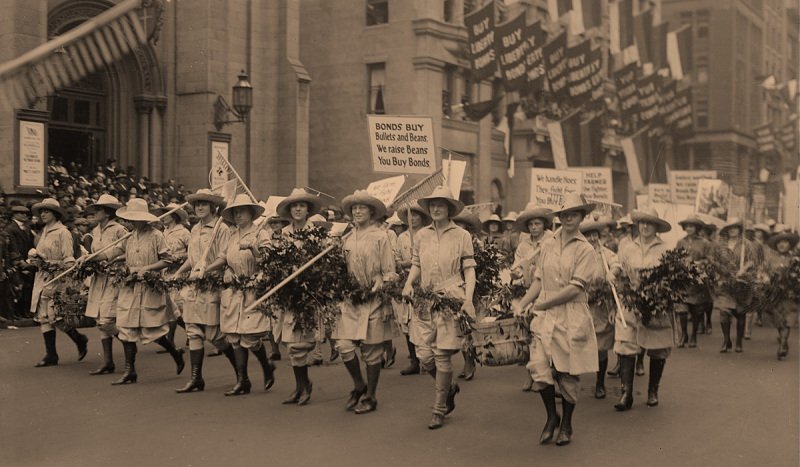
Because of these women, the nations of America and Britain were able to feed and arm themselves. Through their toils, the factories made the weapons that the men used. While the others slogged through the fields that made the foodstuff that fed the men in the fields. Furthermore, the food produced by these women prevented the starvation of the innocent caught in the crossfire. Thus, all of their blood, sweat, and tears helped the Allies to victory.
Feeding Broken Europe
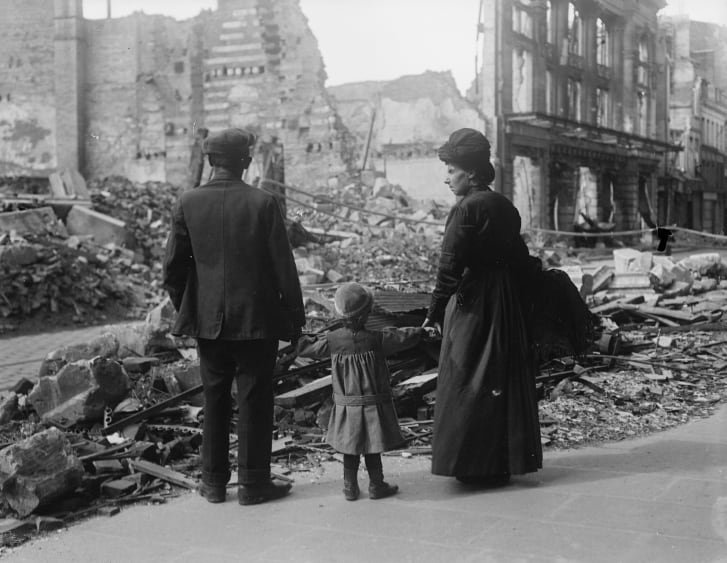
Warring nations declared armistice on the eleventh hour of the eleventh day of the eleventh month of 1918. The Great War has finally ended. But the work of the WLA was not over. U.S. Food Administrator Herbert Hoover made an announcement within days after the armistice. He said that two to three million hungry mouths need to be fed. These million were the victims of the Great War. Many European nations had their land and infrastructure destroyed. This left them with no means to feed themselves. Thus, the WLA continued to work until 1919 to produce enough foodstuff to feed Europe. If it were not for their work, more lives would have ended either by starvation. And more soldiers would have died quelling the riots caused by the starvation.
In the end, let us remember the women behind the men who fought in the Great War. Their work has saved countless lives from starvation both in the homeland and abroad. And not to forget, their service to their nation paved the way for their eventual victory of suffrage. Lastly, their efforts show the world that women are more than men think of them.
Martin is your average manileño. He loves history and traveling around his beloved Metro Manila. His passion is to make the past come to life by exposing past stories not known by the general public. Tag along with him as he visits the past through the present.






